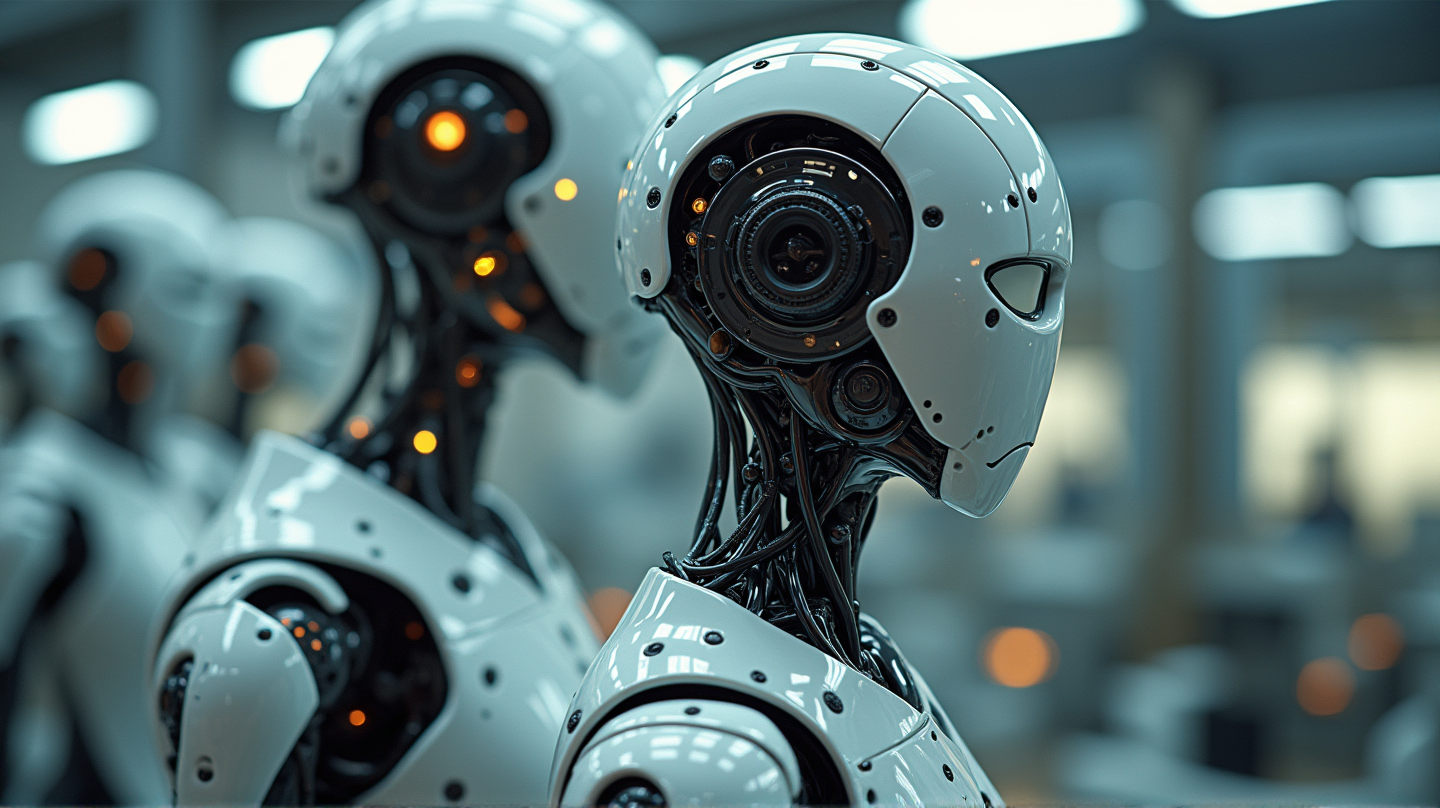In a groundbreaking development that nudges us further along the path to autonomous machinery, scientists at Columbia University have unveiled a robot with the ability to grow and enhance itself by assimilating materials from other robots. According to Evidence Network, this intriguing innovation, termed “robot metabolism,” signals a leap towards self-sustaining machines.
The Concept of Robotic Metabolism
This novel advancement is inspired by the clever plaything – Geomags. Imagine a cluster of magnetic bars that can not only connect to form stunning shapes but can adapt and evolve to tackle new challenges. Borrowing from this concept, the Truss Links, robotic magnetic sticks designed by the team, stretch and link with other modules, carving out increasingly intricate structures.
An Evolving Form
The true magic happens when these Truss Links evolve from two-dimensional shapes like triangles into three-dimensional marvels like tetrahedrons. This isn’t just about growing bigger; it’s about growing smarter. As stated in the article, a spectacular example was witnessed when a ‘robotrahedron,’ enhanced with an extra bar, deftly conquered downhill terrain with a remarkable 66.5% speed increase.
Looking to the Future
Philippe Martin Wyder offers a glimpse into a future sculpted by these self-reliant machines. Today, the systems supporting robotic metabolism have niche applications, such as space exploration. Yet, imagine a world where creating robots is as simple as sending an email.
The Path Ahead
While some may visualize a sci-fi dystopia with robots replicating ominous scenarios, practicality nudges us to embrace this evolution. Robots may soon hold the wheel or forge the items we purchase. As author and researcher Hod Lipson conveys, an era where robots sustain themselves is imminent. “The robots must, ultimately, learn to take care of themselves,” Lipson asserts.
This revolutionary stride scratches the surface of what lies ahead in the robotics realm, urging a balance between innovation and practical foresight.
